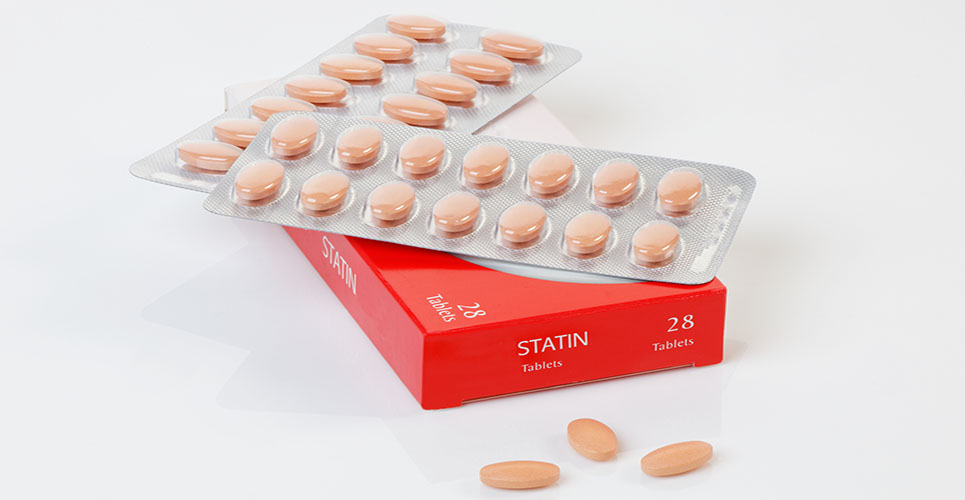teaser
Robert McArtney BSc (Pharmacy) FRPharmS
Clinical Pharmacy Specialist,
University Hospital of Wales,
Cardiff, UK
Has aspirin been a drug looking for a disease? If so, it seemed to have found it through its antiplatelet action and it is widely prescribed for primary and secondary prevention of cardiovascular and cerebrovascular disease.
The recent meta-analysis by Seshasai and colleagues, however, has cast a shadow with respect to its use in primary prevention. Their conclusions are quite stark: “…aspirin prophylaxis in people without prior CVD does not lead to reductions in either cardiovascular death or cancer mortality”. They continue: “Because the benefits are further offset by clinically-important bleeding events, routine use of aspirin for primary prevention is not warranted and treatment decisions need to be made on a case-by-case basis.”
They quote a number needed to harm (NNH) of 73, whereas the number needed to treat (NNT) for reduced CVD events is 120. In addition, they question the benefit of aspirin in preventing cancer deaths and conclude that: ”there is no protective role for aspirin against cancer mortality in people at low-to-moderate risk for CVD events”.
Who should and should not take it?
“Healthy people should not take aspirin” sums it up. The benefits of aspirin in secondary prevention of cardiovascular and cerebrovascular disease are not in question. Pharmacists have a very important role in encouraging patients who are currently taking aspirin not to stop it precipitously. There are suggestions in the literature that sudden discontinuation of antiplatelet therapy can lead to a rebound effect and to an increase in cardiovascular events.
It is essential that patients are properly assessed by their GP, to ensure that if they are taking aspirin as secondary prevention, that they continue; or if they are at high risk of a cardio- or cerebrovascular event, but have not yet experienced one, that they are fully assessed and the risks/benefits of aspirin therapy discussed.
Should aspirin continue in the polypills being trialled across the world? If the aim is to maximise efficacy in secondary prevention by simplifying the tablet load (and potentially the costs) for the patient, then the answer is ‘Yes’. There are currently four studies ongoing worldwide of the ‘red heart pill’ (aspirin, simvastatin, lisinopril and hydrochlorothiazide). The inclusion of aspirin when the polypill is being used for primary prevention has to be questionable in all but those at the highest risk.
Hero or villain?
So where does this leave the issue of cancer prevention? The meta-analysis by Rothwell in 2011 reported that in eight eligible trials, allocation to aspirin reduced death from cancer. Analysis of the individual patient data from seven trials showed benefit only after five years’ follow-up. This paper suggests that there are long-term benefits in relation to oesophageal, pancreatic, brain and lung cancer after five years, but longer is needed for stomach, colorectal and prostatic cancers.
A number of studies have made an association between aspirin and aging macular disorder (AMD), while others have refuted the link. The European Eye Study published earlier this year concluded that frequent aspirin use was associated with early AMD and late wet AMD and the odds ratio rose with increasing frequency of consumption. The authors comment that further evaluation of this association should be pursued.
So, what is the future for aspirin? Most of the studies featured in the meta-analysis reported above are pre-2005. There have been three primary prevention trials since: two studying the use of aspirin in the diabetic population and the Aspirin for Asymptomatic Atherosclerosis Trialists – all showing no benefit. Perhaps, as the meta-analyses suggest, major progress has been made in reducing other risk factors, such as smoking, via the public health agenda.
Some 40 million prescriptions were dispensed for aspirin in the UK in 2010, so I would suggest that despite this set-back, aspirin will be around for a long time to come.
A final word
A professor of cardiology, with whom I used to work, once remarked that meta-analysis is to analysis, what meta-physics is to physics. Berger and colleagues reviewed the same nine papers as the Seshasai group.Attempting to compare the two papers for a non-statistician like me is a challenge. Both have different outcome measures for efficacy; both have different mean follow-up times; the definitions of harm are different. The Seshasai group defines its own category of ‘nontrivial’ bleeding (all the original papers had different definitions of major bleeding; Berger uses these original data) and, not surprisingly, the NNTs and NNHs for both papers are quite different.
But the good news is that the final, generalised conclusions are similar – so please have a read.
As for me, all these statistics have given me a headache, so I’m off to take….
Further reading
- Seshasai S et al. Effect of aspirin on vascular and nonvascular outcomes. Meta-analysis of randomized controlled trials. Arch Intern Med 2012;172(3):209–16.
- Rothwell P et al. Effect of daily aspirin on long-term risk of death due to cancer: analysis of individual patient data from randomised trials. Lancet 2011;377:31–41.
- de Jong PT et al. Associations between aspirin use and aging macula disorder: the European Eye Study. Ophthalmology 2012;119(1):112–18.
- Berger JS et al. Aspirin for the prevention of cardiovascular events in patients without clinical cardiovascular disease: a meta-analysis of randomized trials. Am Heart J 2011;162(1):115–24.e2.

